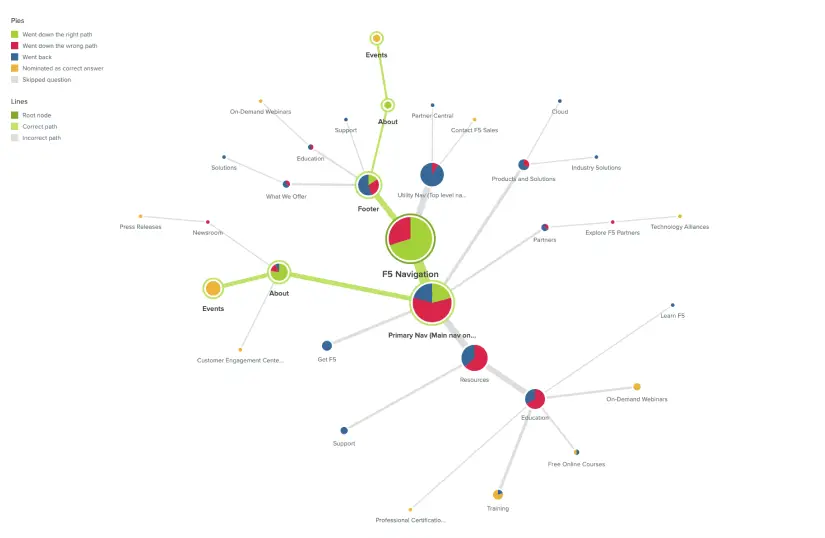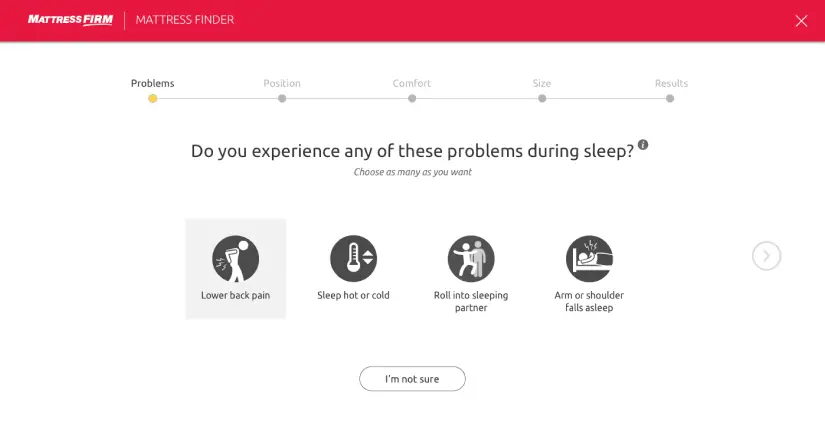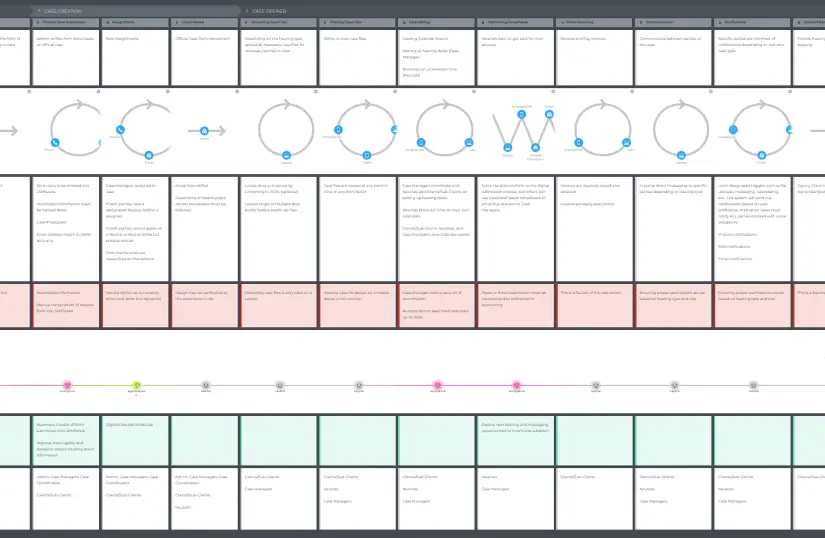User experience is often judged by the final product; how a website, app, or platform looks, feels, and performs. But behind every seamless experience is something far more foundational: research.
Great UX starts by listening. But for many organizations, the idea of user research still conjures visions of lengthy timelines, large budgets, and exhaustive reports that end up shelved before they’re ever applied. Teams that feel they “already know their users” may be tempted to skip this step entirely.
Here’s the good news: research doesn’t have to be a bottleneck. Lean UX research offers a fast, focused, and cost-effective approach that delivers actionable insight without slowing down your design and development process.
Let’s explore what lean UX research is—and how it delivers measurable results in the real world.
What is Lean UX Research?
Lean UX research focuses on extracting the most critical insights from users using targeted, lightweight methods that support fast iteration and decision-making. Instead of executing a full suite of research methods by default, lean teams prioritize techniques that align directly with the problem at hand, often working in parallel with design and development.
Modern tools and collaborative workflows make it easier than ever to run unmoderated tests, gather feedback remotely, and incorporate learning into short cycles. The outcome? Research that moves at the speed of product development and drives real value.
One effective method we use is R.I.T.E. testing (Rapid Iterative Testing and Evaluation). Instead of testing the same prototype with multiple users before making any changes, we learn and adapt after each participant. If one user encounters a broken feature, we fix it before the next session. If the insight is more subjective, we hold back and test further. This approach creates fast feedback loops that improve design quality without delay.
Here are four examples of how lean UX research made a measurable difference across industries.
1. HMA’s Healthcare Member Portal: Prototyping + R.I.T.E. Testing
Challenge
HMA is a pioneer in self-funded health benefit programs and one of the nation’s largest third-party administrators. As with most payers, HMA’s member portal is the main destination for members to find in-network providers, view and submit claims, learn about coverage, explore benefits, and manage accounts. Unfortunately, because HMA was constrained by a number of legacy systems and third-party services, their existing member portal suffered from a suboptimal user experience. They asked UpTop to reimagine their member portal from the ground up with user experience and accessibility top of mind.
Solution
We created an interactive prototype and ran R.I.T.E. usability testing with actual members. This iterative approach allowed us to gather insights and implement design changes between each test. A major pain point emerged: claim details were hidden behind a secondary tab, and 80% of participants struggled to locate this information.
Outcome
In redesigning HMA’s member portal, we integrated UX best practices from within the healthcare industry and beyond. By providing a window into how HMA’s actual users would interact with their member portal experience, we hammered out the design kinks early on and laid the groundwork for a more empathetic UX design. In addition, this approach saved HMA critical development time and resources by validating the effectiveness of the design before reaching development which typically costs 1000x more to fix at this late stage.
2. F5’s Navigation Overhaul: Card Sorting + Tree Testing

Challenge
F5 a global leader in application services, needed to reimagine their website navigation. The current structure reflected internal departments, not user needs, making it difficult for prospective customers to find solutions.
Solution
We conducted a remote open card sort with users across F5’s target personas to understand how they categorize services. This revealed gaps in terminology and grouping. From there, we conducted a tree test to measure how well users could find specific solutions using only the navigation structure, no UI or visual aids.
Outcome
Over 50 participants helped validate a new IA model that mapped better to user mental models. Initial testing showed a 55% success rate in task completion without backtracking, an indicator of improved findability. With a more intuitive structure in place, F5 moved forward with high confidence before investing in a full redesign.
3. Mattress Firm’s Mattress Matcher: Field Research and Mystery Shopping

Challenge
Mattress Firm wanted to replicate their in-store sales expertise through a digital quiz tool to help shoppers find the right mattress online. Known as the Mattress Matcher, this tool needed to inspire trust and convert customers at scale.
Solution
We began with contextual field research; visiting retail locations and posing as customers to observe how real sales reps helped guide selections. We followed up with mystery shopping on the company’s live chat to compare in-person and digital sales journeys.
Outcome
These insights informed a quiz flow that mirrored the logic and personalization of the in-store experience. The Mattress Matcher went on to double conversion rates for users who engaged with the tool. It also played a pivotal role in launching the brand’s “bed-in-a-box” product line, contributing to $100M in first-year sales.
JAMS’ Case Management Portal: Personas and Journey Mapping

Challenge
JAMS, a leading provider of alternative dispute resolution, was building a custom portal for judges, attorneys, and internal case managers. Historically, these users had relied on disparate third-party tools that weren’t designed for the unique legal workflows they followed.
Solution
We conducted in-depth user interviews to uncover detailed needs and behaviors. From these insights, we developed personas and mapped a comprehensive end-to-end user journey capturing every role, action, and pain point throughout the case lifecycle.
Outcome
The journey map helped stakeholders across teams align around a shared product vision. It also highlighted redundant steps, missed automation opportunities, and high-friction interactions, shaping a more focused feature set and more efficient product roadmap.
Why Lean UX Research Works
Lean UX research succeeds not just because it’s faster, but because it’s focused.
By choosing methods that match the scope of the problem, and integrating insights into live product cycles, you make better decisions earlier. You reduce risk. You build with clarity. And you demonstrate the value of research by tying it directly to business and user outcomes. And in today’s environment, where personalization, accessibility, and rapid iteration are the norm; those outcomes matter more than ever.
Curious how lean UX research can unlock value on your next project? At UpTop, we specialize in high-impact UX research that meets you where you are and moves your product forward. Let’s connect.


